Key Takeaways
- Hard ticks have a tough outer shell, feed for days, and are responsible for most tick-borne illnesses like Lyme disease and Rocky Mountain spotted fever.
- Soft ticks are sneaky, feed quickly (often at night), and typically spread tick-borne relapsing fever in rodent- or bat-infested cabins.
- Hard ticks are more common in yards, forests, and on pets, while soft ticks lurk in walls, nests, and rustic buildings.
- You’re more likely to see a hard tick attached to your skin or pet; soft tick bites often go unnoticed.
- Prevention is possible: tick checks, repellents, yard care, and pest-proofing your home can make a big difference.
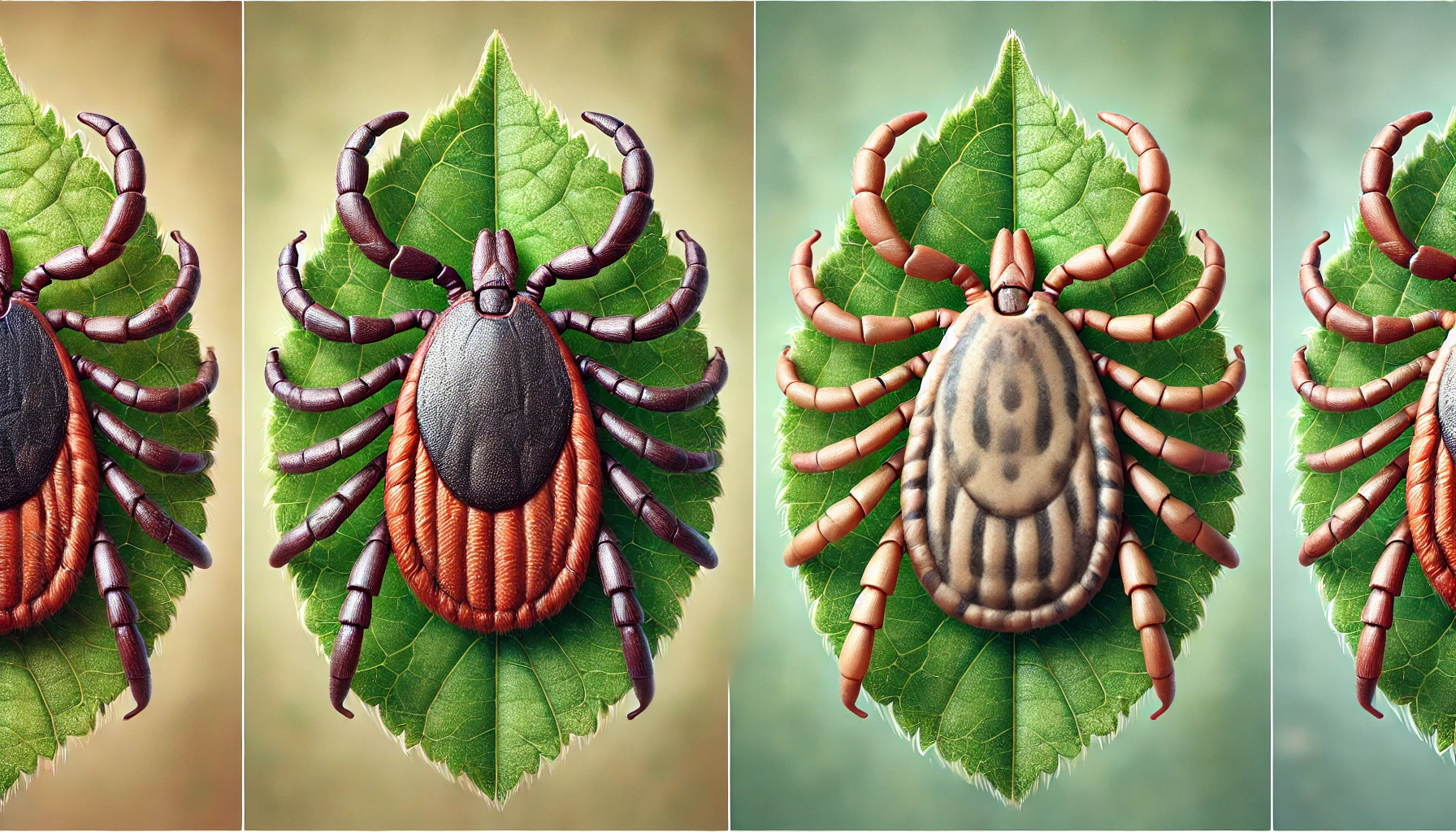 Have you ever stepped into your yard, brushed a long patch of grass, and then realized that small, creeping itching on your ankle? Yes …it’s probably a tick. What else? Not all ticks cut with the same creepy cloth. Some are difficult, some are soft, and the way they behave – it is wild.
Most people take all the ticks in a gross category. It makes sense-they are small, blood-hungry, and carry enough germs to a microbiologist to sweat. But here is the thing: Hard and soft ticks are different animals. And they have to tell them different. This is not just general knowledge – it can help to maintain your family, your pets and perhaps your sanctity.
Let’s join it. There is no inflating. Just what you should know – with some surprise on the way.
Have you ever stepped into your yard, brushed a long patch of grass, and then realized that small, creeping itching on your ankle? Yes …it’s probably a tick. What else? Not all ticks cut with the same creepy cloth. Some are difficult, some are soft, and the way they behave – it is wild.
Most people take all the ticks in a gross category. It makes sense-they are small, blood-hungry, and carry enough germs to a microbiologist to sweat. But here is the thing: Hard and soft ticks are different animals. And they have to tell them different. This is not just general knowledge – it can help to maintain your family, your pets and perhaps your sanctity.
Let’s join it. There is no inflating. Just what you should know – with some surprise on the way.
Wait, There Are Two Kinds of Ticks?
Yep. Ticks belong to two prominent families:- Hard ticks (Ixodidae)
- Soft ticks (Argasidae)
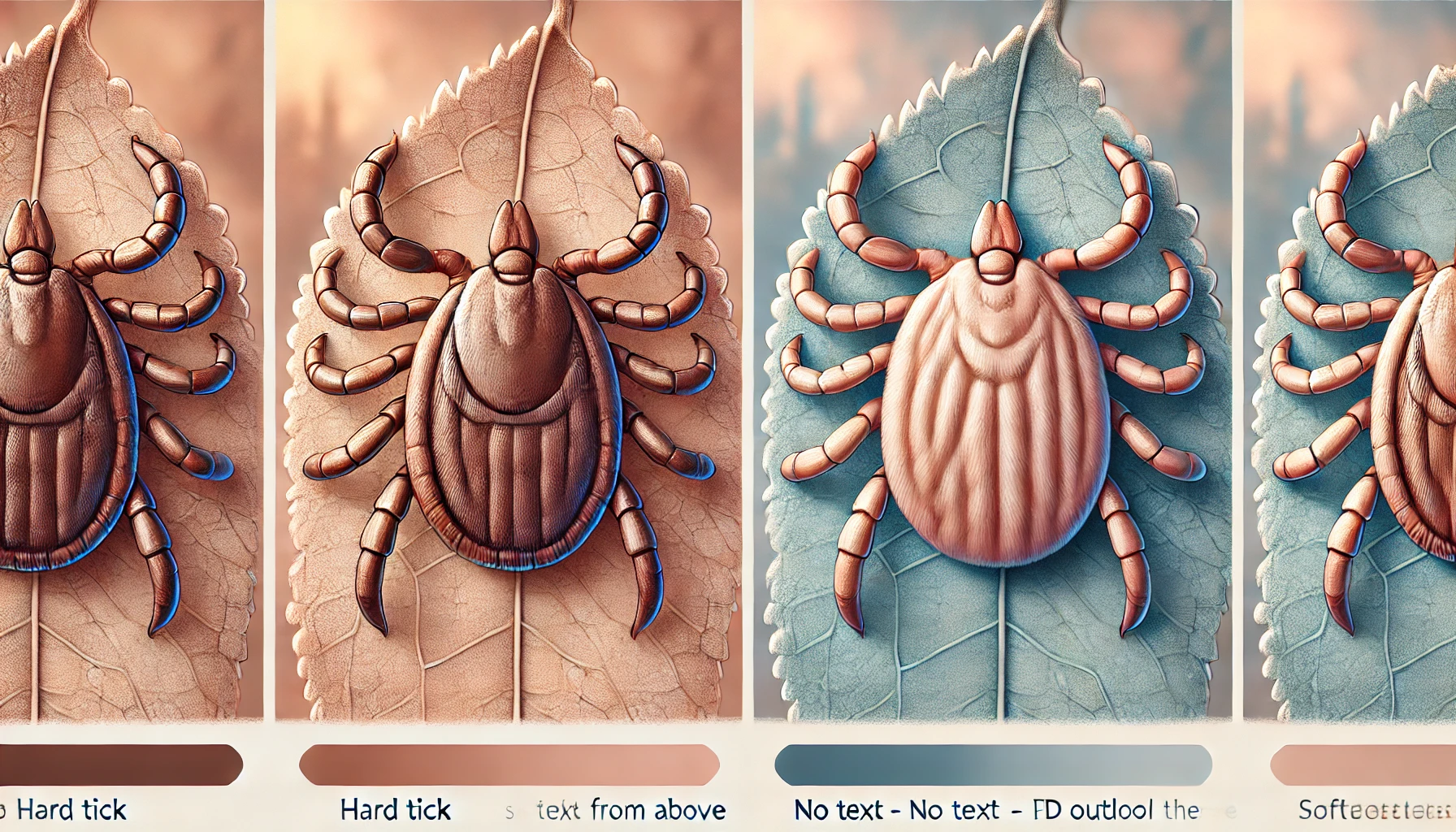

Not getting a solution?
Get your free pest control estimate today!What Do They Look Like?
If you ever spot one of these small freeliders on your skin, your first instinct may have to flick it throughout the room and never look back. blond. But if you can see a close one, then their bodies tell you a lot. Hard Ticks These are the classic ticks. They’ve got a rigid, shiny shield on their back (called a scutum). When you look at one from above, you’ll see its little “head” sticking out—those are the mouthparts, and yes, they’re as disturbing up close as you’d expect. They start small and flat. But after feeding? Oh, they balloon up. Like a tiny, blood-filled raisin with legs. Lovely image, right? You’ll usually find them:- On your dog’s ears
- Crawling up your jeans after a hike
- Hidden in grassy backyards or trail edges
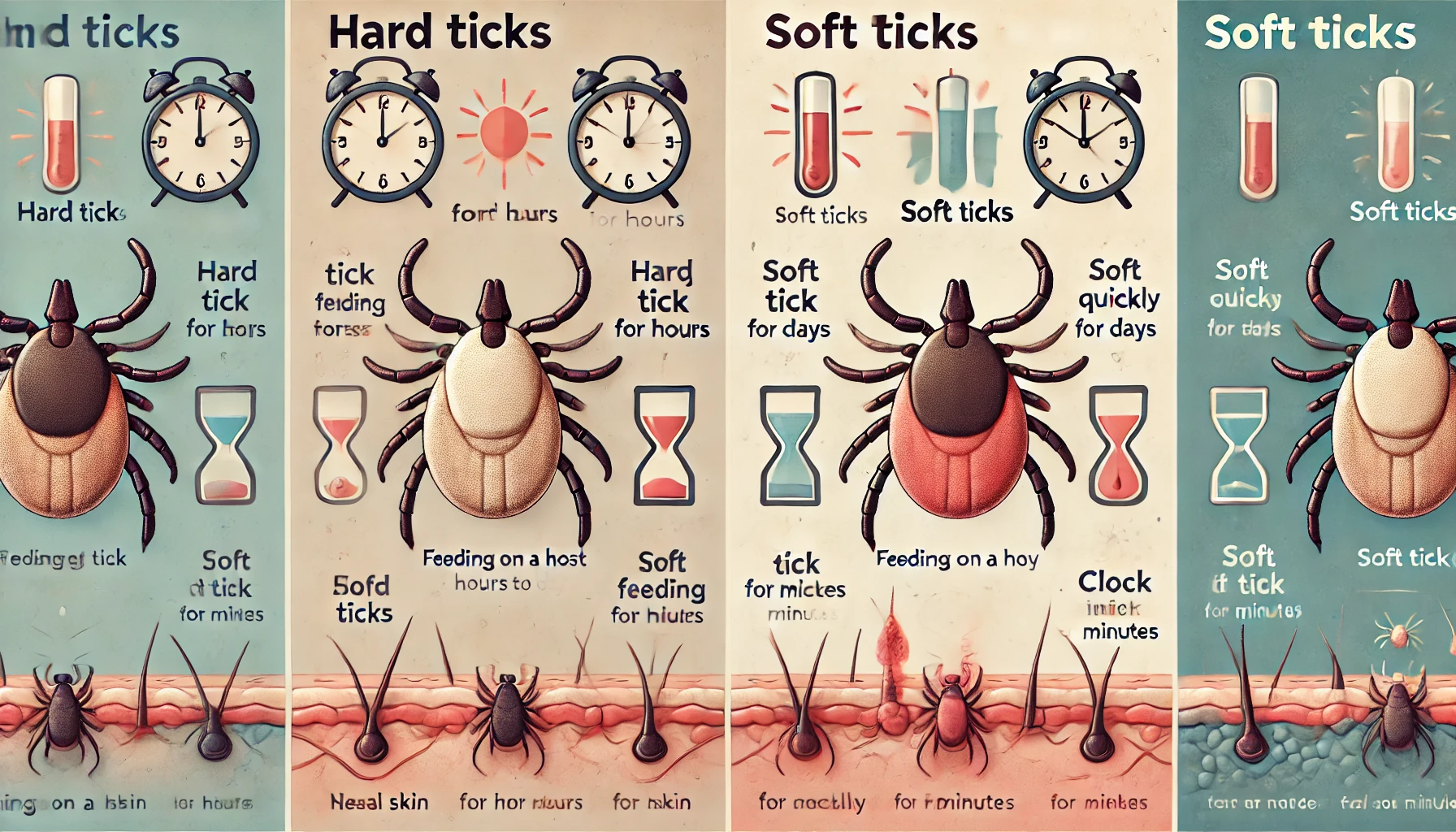
Feeding Habits: Long Suckers vs. Fast Biters
Here’s where things get more interesting—and more relevant. Hard Ticks These ticks take their sweet time. Once they latch on, they’ll stay there for a day or two… or three. And that’s the problem: they need time to feed, and that’s precisely what gives bacteria (like Borrelia, which causes Lyme disease) time to get cozy in your bloodstream. You know what’s scary? You might not feel them bite. Their saliva numbs the skin. So unless you’re doing a tick check—and please, do the tick checks—you might not notice until it’s fully engorged. Soft Ticks It’s a completely different game. Soft ticks sneak out at night, feed for 15 to 30 minutes, and vanish. They don’t stick around, and most people never see them or feel the bite. But—and this is a big but—they can instantly transmit tick-borne relapsing fever (TBRF). That’s not something you want to wake up to after a night in a rustic cabin somewhere in Colorado or Utah. They’re fast and quiet, and unless you know they’re a risk, you probably won’t take precautions. That’s why this matters.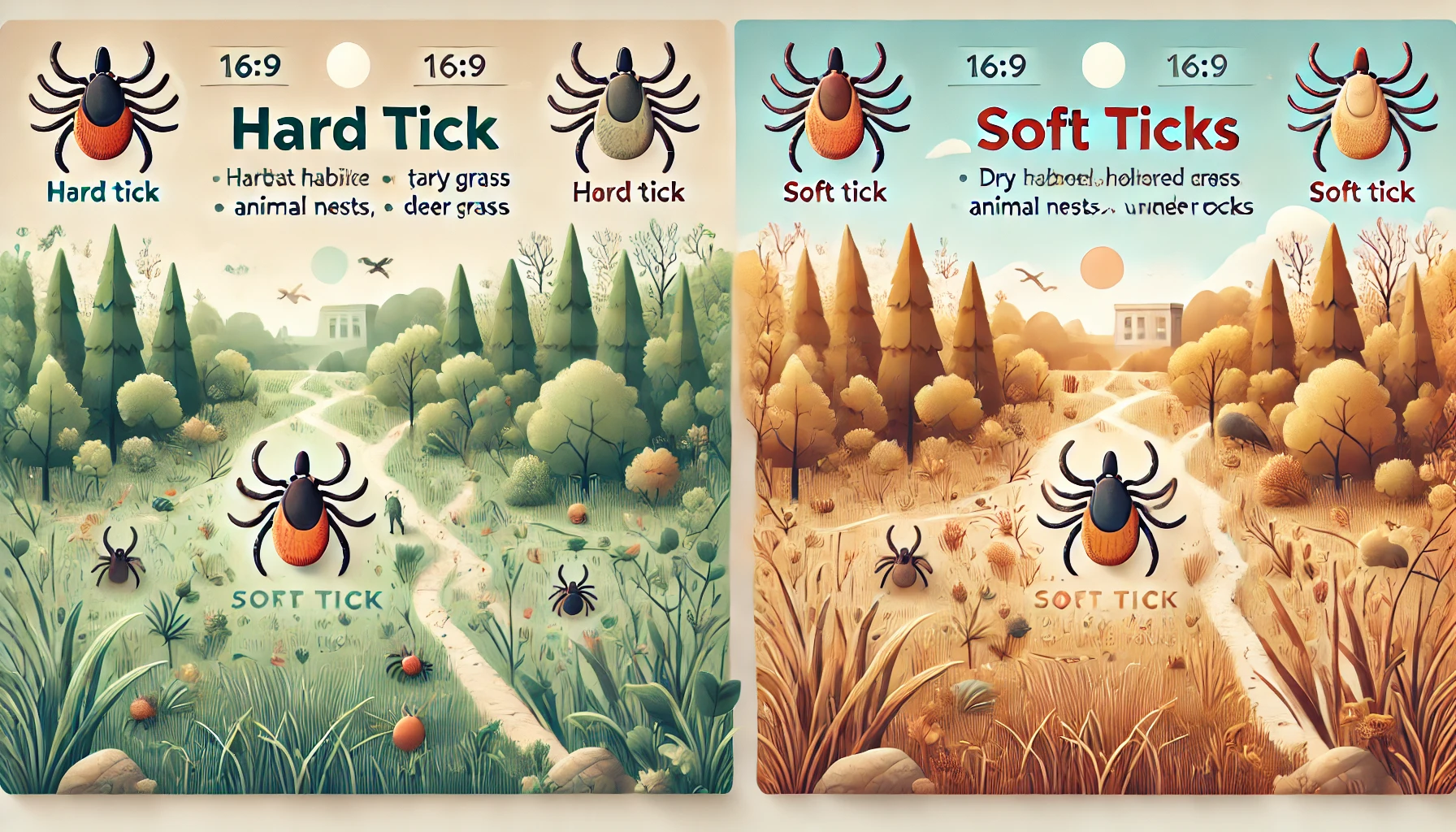
So Where Do These Ticks Live?
Let’s keep it simple. Hard Ticks Hang Outside like places listed below :- Tall grass
- Leaf piles
- Forest edges
- Fencelines
- Anywhere wild animals roam
- Old barns
- Rodent nests
- Bat-infested attics
- Vacation cabins that haven’t been used in a year
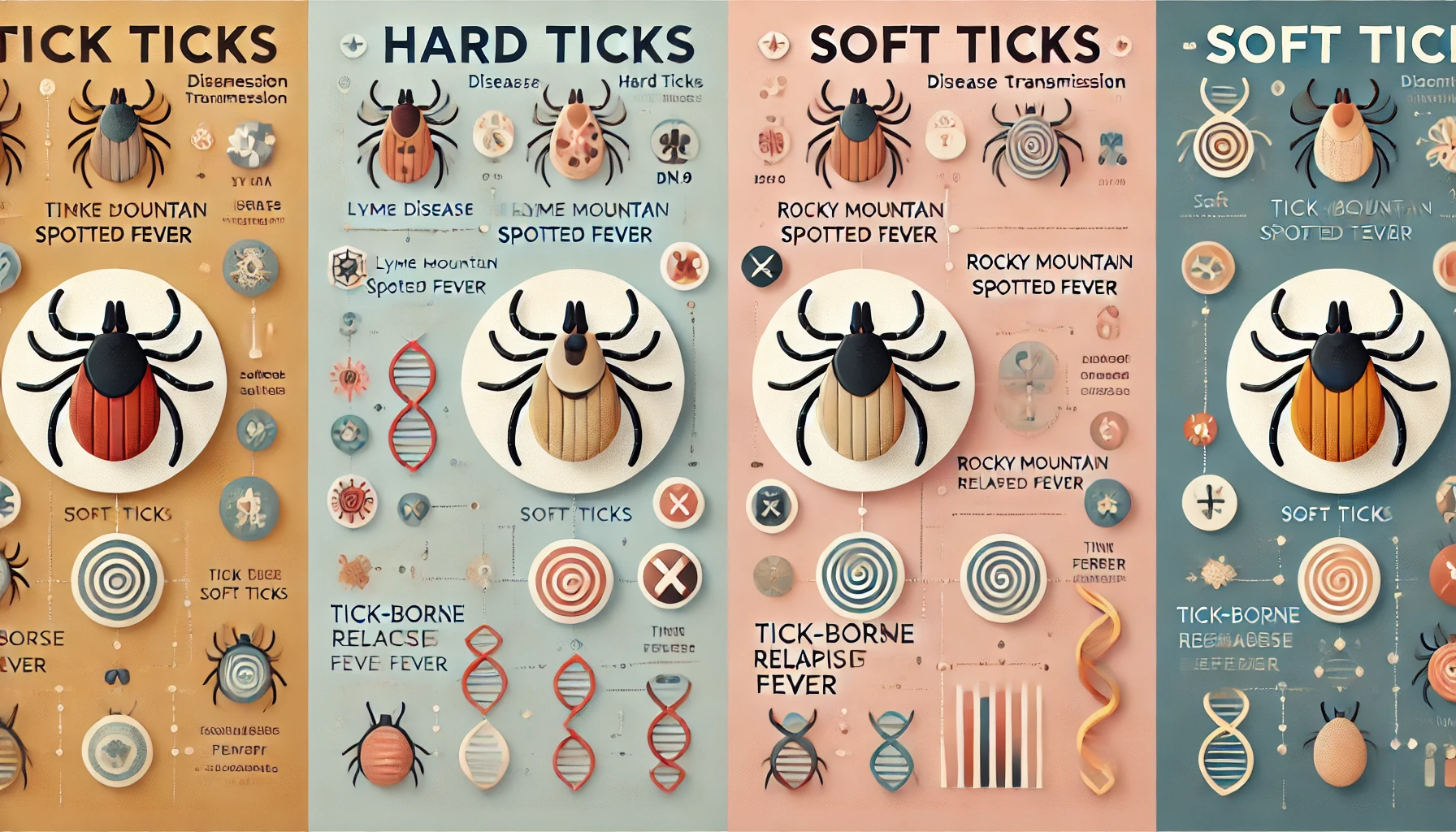
Disease Risks: Which One’s More Dangerous?
Honestly, both are bad news—but in different ways. They give diseases which are different from each other.Hard Tick Diseases
- These are the heavy hitters. The ones you’ve probably heard about:
-
Lyme Disease: The most well-known tick-borne illness, found mostly in the Northeast, Midwest, and Pacific Northwest.
-
Rocky Mountain Spotted Fever (RMSF): A serious bacterial infection mainly seen in the South and central U.S., often causing rash, fever, and muscle pain.
-
Anaplasmosis, Ehrlichiosis, Babesiosis: Lesser-known but impactful infections transmitted by ticks, each with its own symptoms like fatigue, fever, or flu-like illness.
-
Alpha-gal Syndrome: A rare meat allergy caused by Lone Star tick bites—triggers reactions to red meat after a bite. Yes, it’s real and strange.
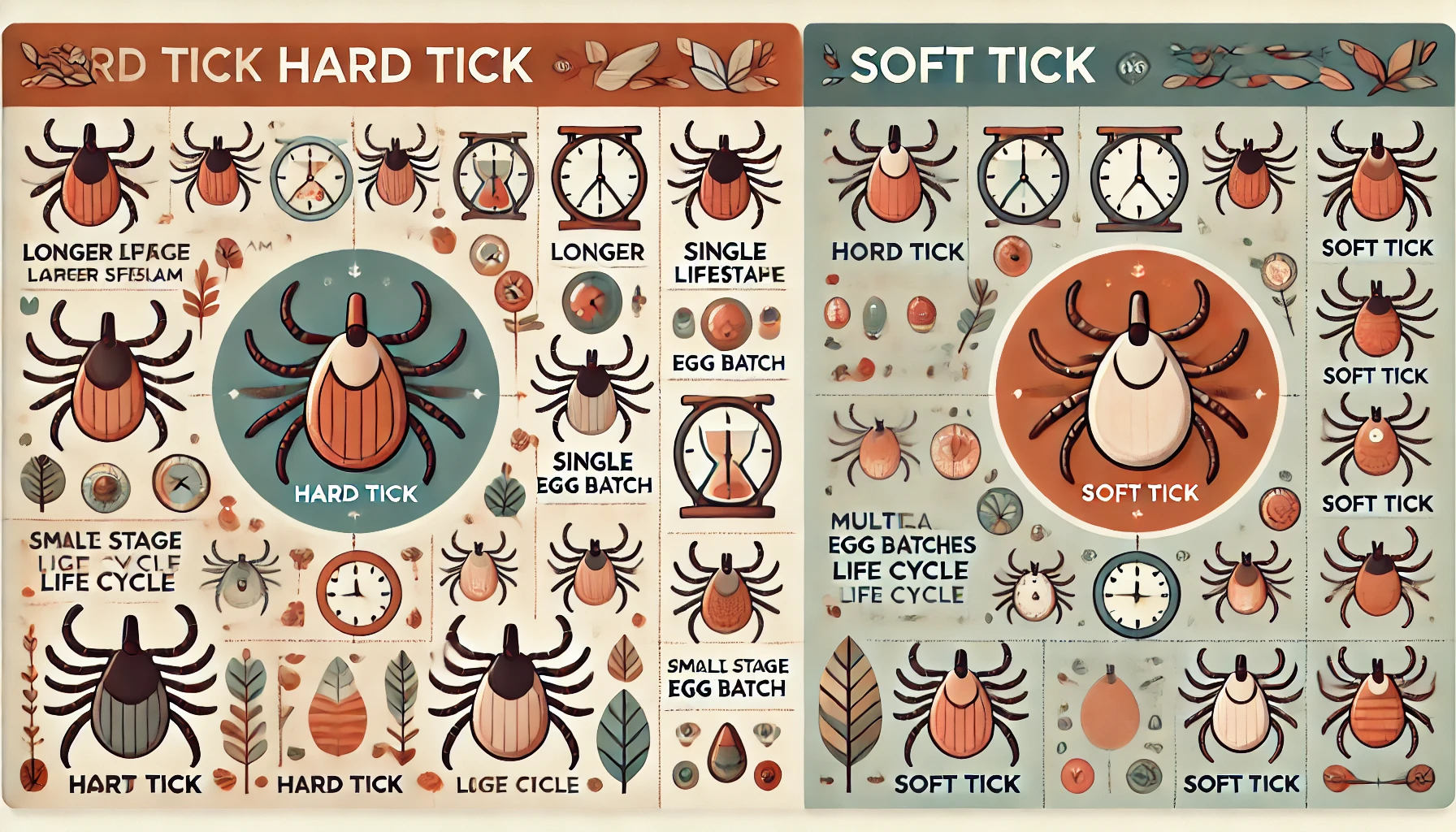
Life Span & Reproduction: One and Done vs. Long Haulers
Tick life cycles are weird. And a little gross. But here’s the general idea: Hard Ticks- Take one big blood meal at each life stage (larva, nymph, adult)
- Females lay thousands of eggs in one go, then die
- Whole process can take up to three years
- Feed quickly and often throughout life
- Lay smaller batches of eggs multiple times
- Can live 10 to 16 years
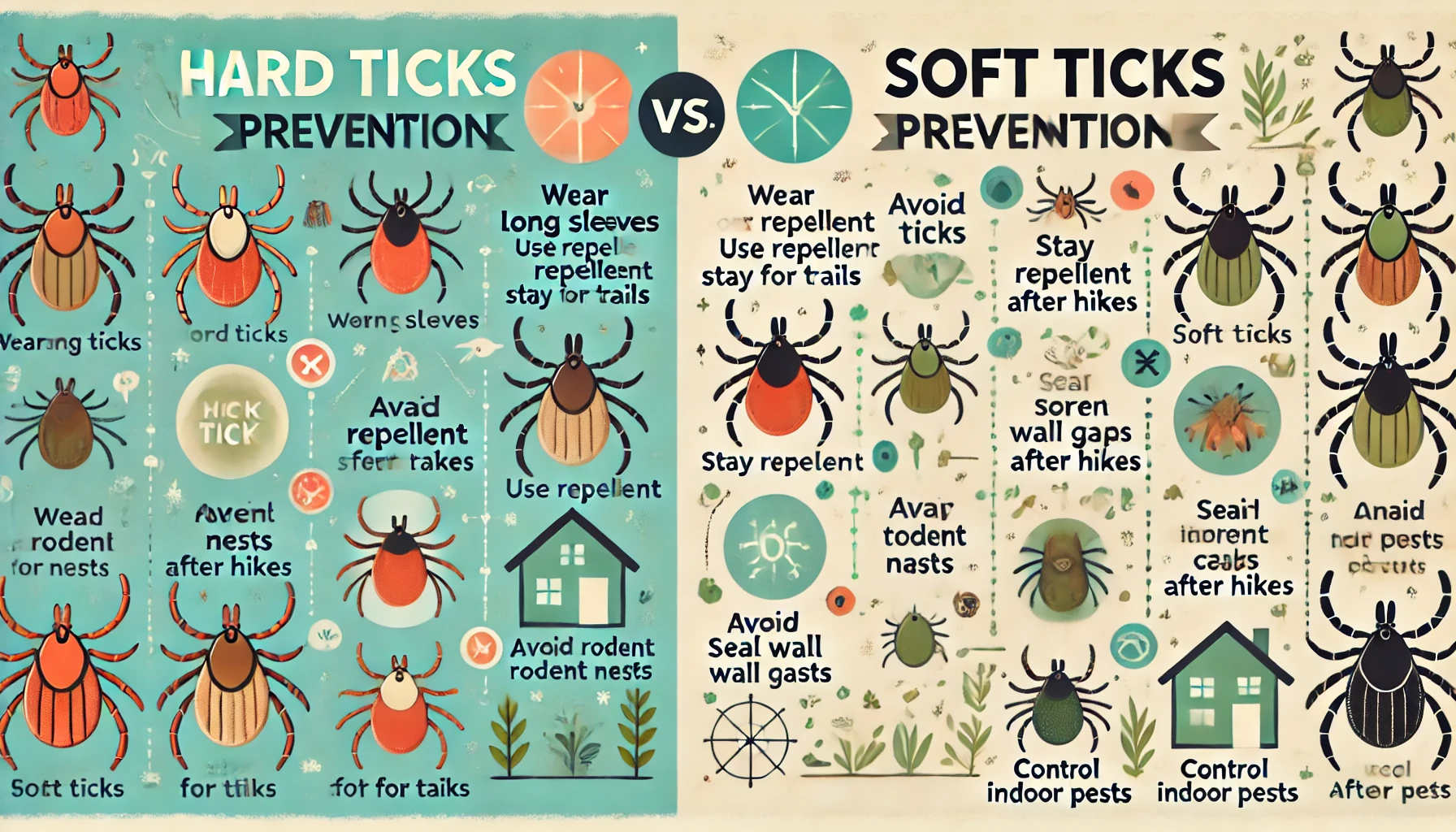
Protecting Yourself Without Going Paranoid
You don’t need to bubble-wrap your family, but a few smart habits go a long way.If You’re Going Outside
-
Dress Smart: Wear long pants and socks—even in summer—to keep ticks off your skin.
-
Use Repellents: Apply DEET, picaridin, or use permethrin-treated clothing for extra protection.
-
Do Tick Checks: Always inspect yourself and your pets after returning indoors.
-
Yard Maintenance: Keep grass short, remove brush, and create clear barriers between your lawn and wooded areas.
- Look for signs of rodents or bats
- Don’t sleep on floors or near walls
- Use mattress covers and bug-safe sleeping bags
- Keep food sealed and clean up crumbs—yes, even that one Cheez-It
Visit our Species, Control, and DIY Guide sections for additional resources on ticks and ways to tackle a ticks infestation.





